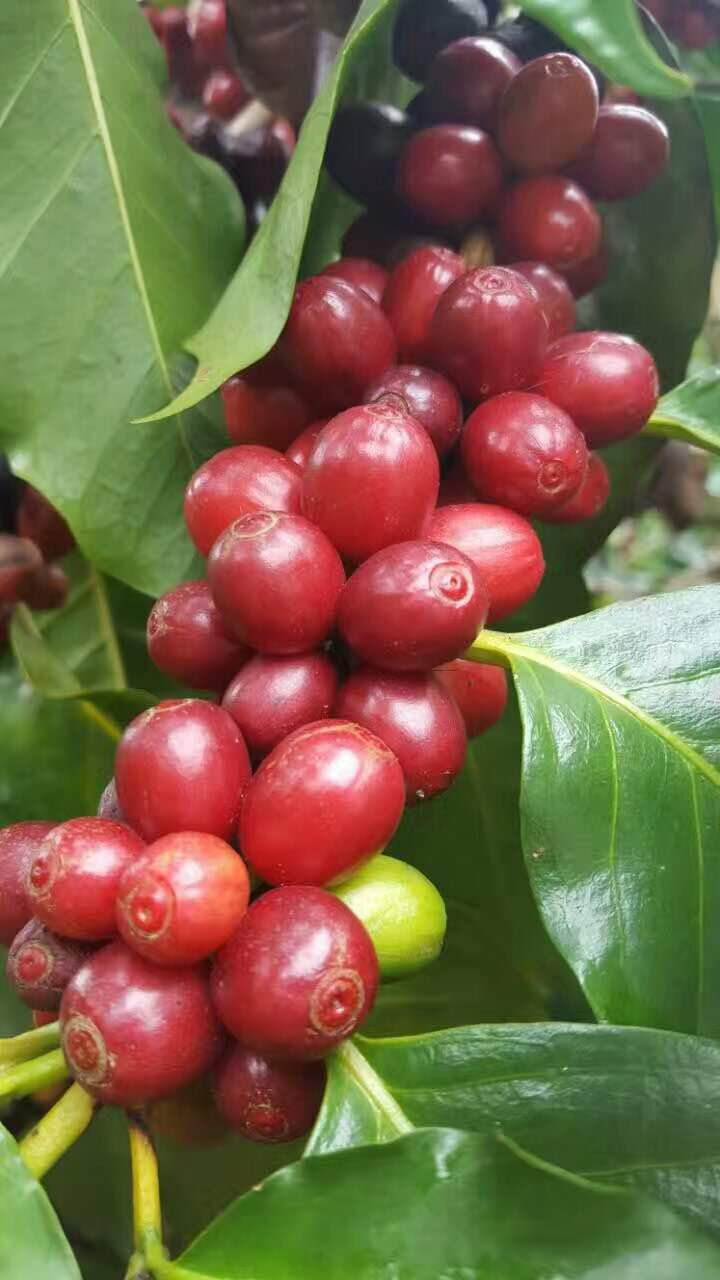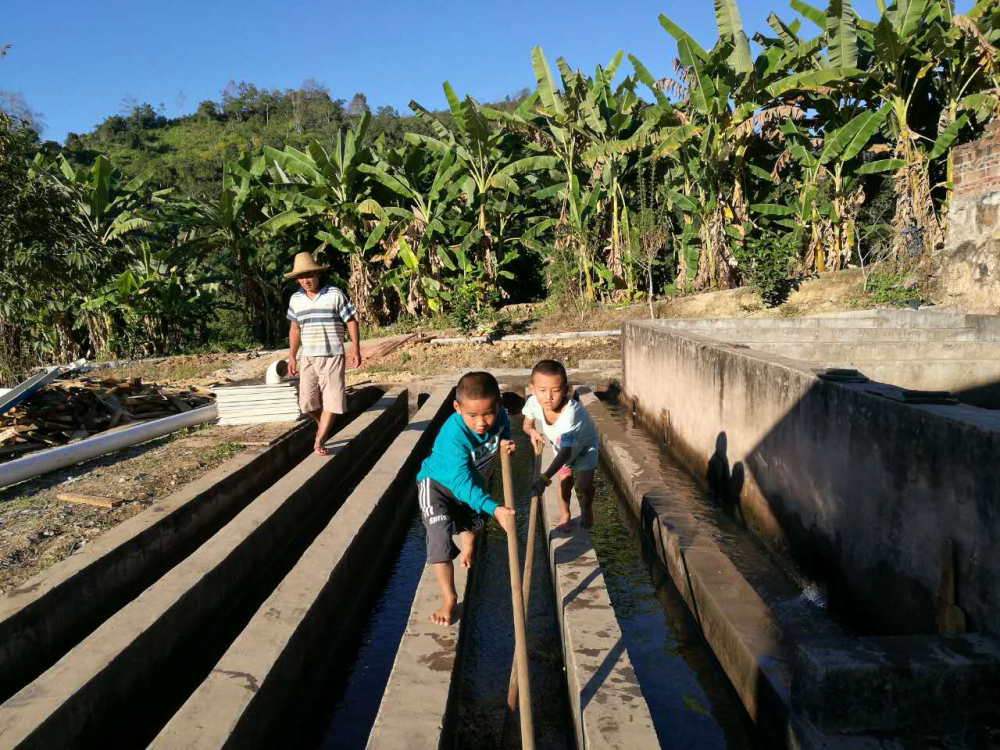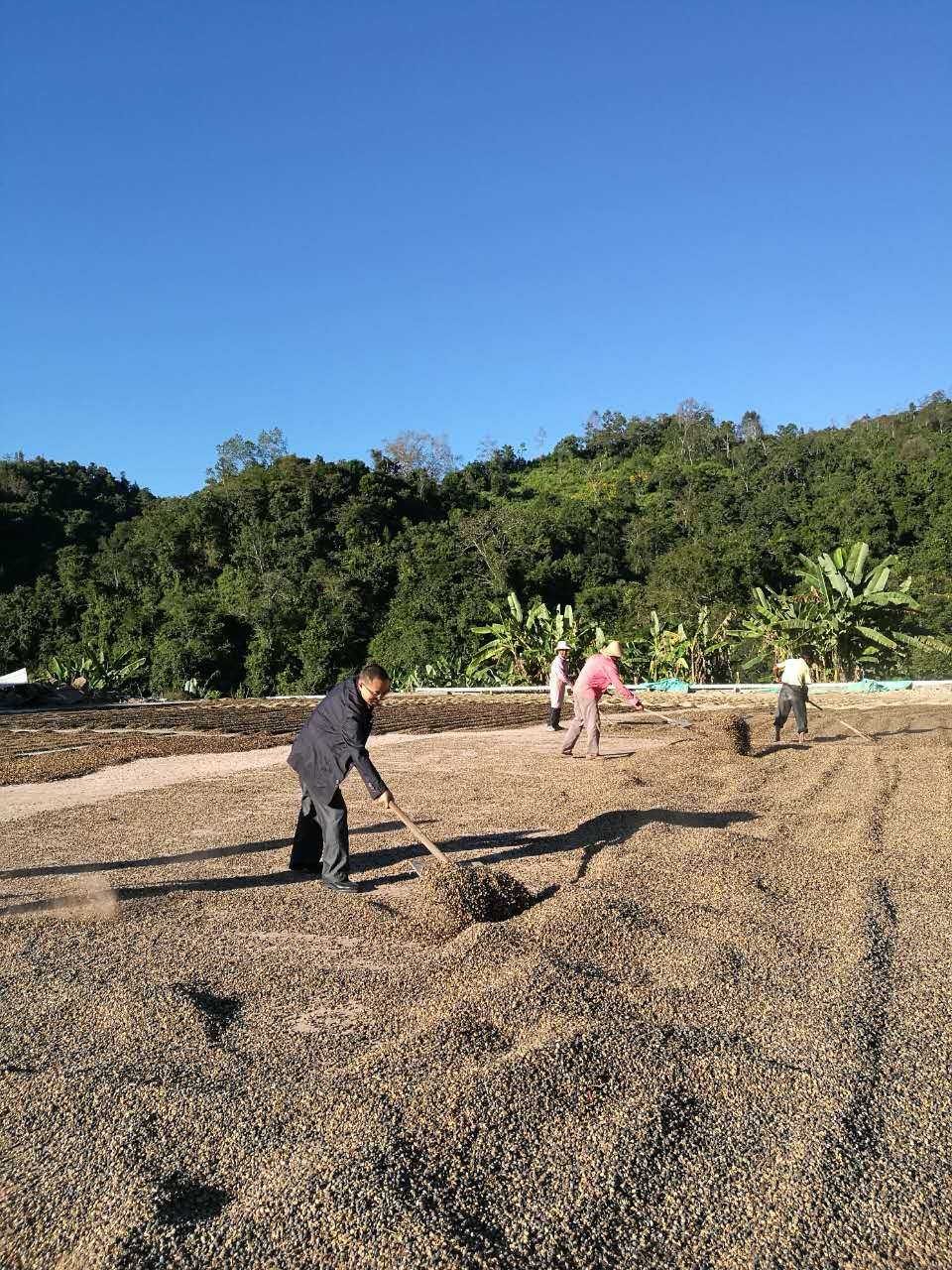China
Did you know?
About
China, the world's third largest country, covers almost the whole east of Asia, borders fourteen states and has coastlines on the Yellow, East China and South China seas. It has an amazing variety of landscapes. The southwest contains the high Tibetan plateau, flanked by the Himalayas and Kunlan mountains. The northwest is mountainous with arid basins and extends from the Tien Shan and Altai ranges and vast Taklimakan desert in the west to the Mongolian plateau Gobi desert in the center east. Eastern China is predominantly lowland and is divided broadly into the basins of the Huang He (Yellow River) in the north, Chang Jiang (Yangtze) in the center and Xi Jiang (Pear River) in the southeast.
The main exceptions are the Manchurian uplands, Loess plateau, Qin Ling range, southeast mountains and the Yunnan plateau in the far south. Climatic conditions and vegetation are as diverse as the topography. Northern China has an extreme continental climate, a large part of the country experiences temperate conditions, whereas the southwest enjoys a moist, warm subtropical climate.
More than 70% of China's huge population lives in rural areas, chiefly in the northern part of the eastern lowlands and along the coast. Agriculture and livestock rearing involves two third of the working population. China is the world's largest producer of rice, wheat, soya beans and sugar and is self sufficient in cereals, fish and livestock. Cotton, soya beans and oilseeds are the major cash crops but there are small quantities of Arabica coffee being produced particularly from the Yunnan region. China is rich in coal, oil, natural gas and many minerals, chiefly iron ore, wolfram (tungsten ore), tin and phosphates. Industrial and agricultural production were given a boost by the economic reforms of the 1980's which introduced a degree of private enterprises. The industry also benefited from the setting up of joint ventures and the inflow of foreign investments. The major industries produce iron and steel, machinery, textiles, processed foods, chemicals, and building materials. China's main exports are textiles and clothing, petroleum and products, machinery and transport equipment, agriculture products, metal products, iron and steel.
Only Arabica
Coffee is grown mostly by individual farmers, as most of the large coffee plantations have been divided. It is all Arabica and as Arabica fetches a sufficient premium versus (imported) Robustas, all grown Arabica coffee is exported.
Nearly all coffee is grown in the Yunnan Province, which has a geographic and climatic pattern very similar to that of the Colombian Andes. The elevation of the planting is ranging from 700 to 1200 meters. The annual average temperatures in the Yunnan Province vary between 17.5° and 21.5°C.
One of the regions where coffee is produced is Simao, situated in the southwest of the Yunnan province. Coffee is grown here at 1200 meters altitude, on the hillsides. There are approximately 150 plantations, the biggest one being about 200 acres. The climatic conditions are ideal for growing the best qualities of Arabica. Rainfall is 1400 mm per year and the average temperature is about 20° C. There is no frost risk and the mountains protect the plantations from cold winds coming from the north.
Some other regions in South China also produce coffee but on a very small scale. In Hainan, an island province in the south of China some robusta is produced
Coffee facts
Crop Periods
Flowering Period |
|
Main : From May until October |
The rainy season starts in May and ends in October and it is during this period that flowering starts.
Harvesting Period |
|
Main : From November until March |
The dry season lasts from November to April and this is the harvesting season.
Shipping Period |
|
Main : From January until December |
Transit days
|
Port of Shipment |
Imp. |
EU |
US |
|
Shenzhen |
3% |
30 |
40 |
|
Guangzhou |
25% |
30 |
40 |
|
Huangpu |
45% |
30 |
40 |
Destination countries
1. Hong Kong
2. North Korea
3. Singapore, Europe
No ICO Figures
China is not member of the ICO-organization
Nice to know
China is a net importing country of (Robusta) coffee and imports (mainly Laos and Vietnam) have recorded a significant increase in recent years, helped by the improving standard of living and the rapid growth of its economy. Their own production of Arabica coffee is exported. In 2015/2016 China imported a total of one million 60 kg bags of coffee.
Today however the coffee cultivation and export are likely to expand : area and output are quite modest, but the region's reputation for low production costs along with governmental support make coffee processing attractive.
Classifications
By Grade
| Grade 1 |
Minimum 90 % > screen 17 (6.7 mm) (10% balance>screen15 (6.0 mm); |
| Grade 2 | Minimum 90 % > screen 14 (5.6 mm) (10% balance>screen 12 (5.0 mm); Maximum 8 % defects all defects including broken, elephant bean, shells, etc) of which max. 1 % black, brown, white, sour, mouldy : maximum moisture level : 12 %, clean cup |
Nice to know
Chinese coffee is generally sold on a stocklot sample basis.
Typical Description
Chinese Simao Arabica grade 1

Processing
|
Picking |
selectively by hand |
|
Washing (1) |
both wet and dry processed |
|
Fermentation |
12 to 28 hours |
|
Drying (2) |
sundried |
|
Sorting |
mechanical |
(1) About Washing
There is not a lot of unwashed coffee. It concerns the cherries which dry naturally in the trees because the farmers could not harvest them in time. Near the end of the harvest season, in order to clear the trees so they are ready for new flourishing, farmers usually pick all the cherries that are left in the trees, including the immature, past crop ones and dry process them.

(2) About drying
The coffee is dried in the sun during the dry season (from November to April).

